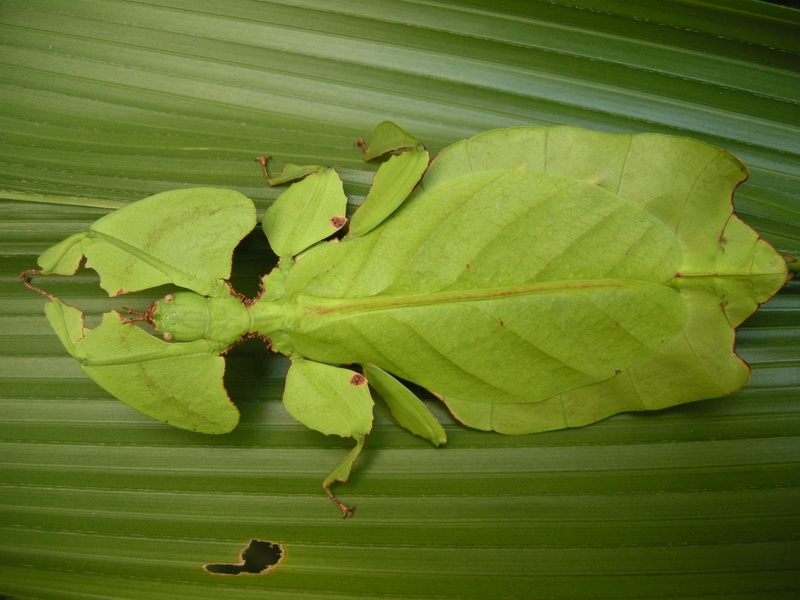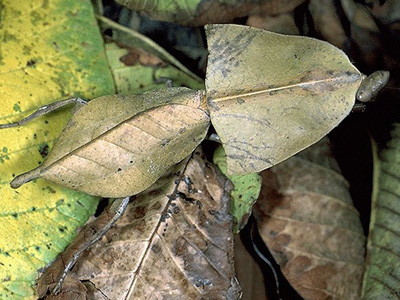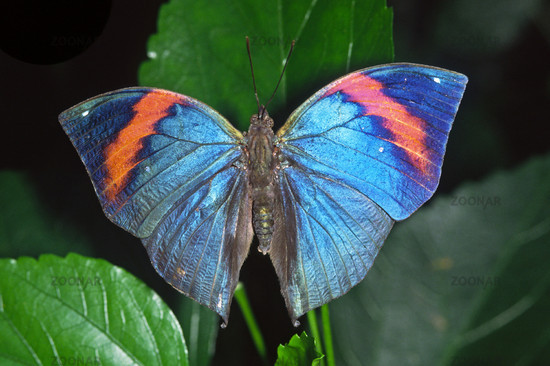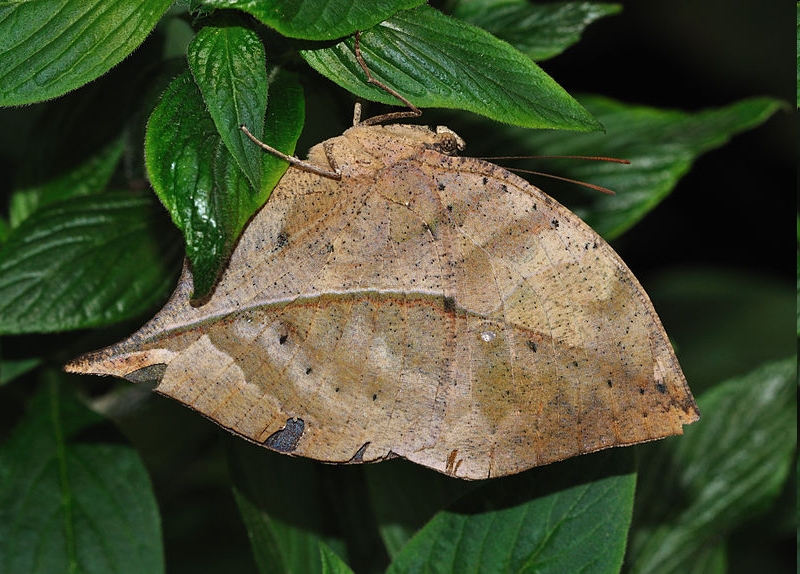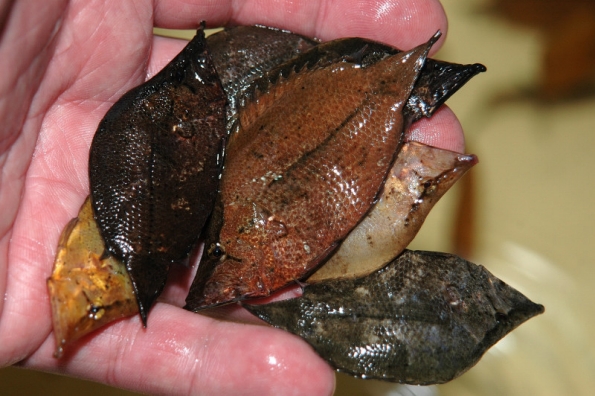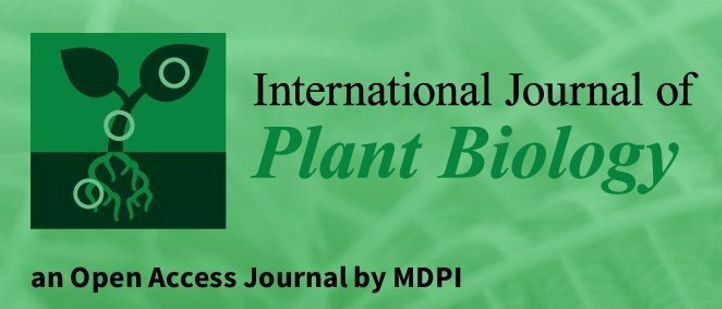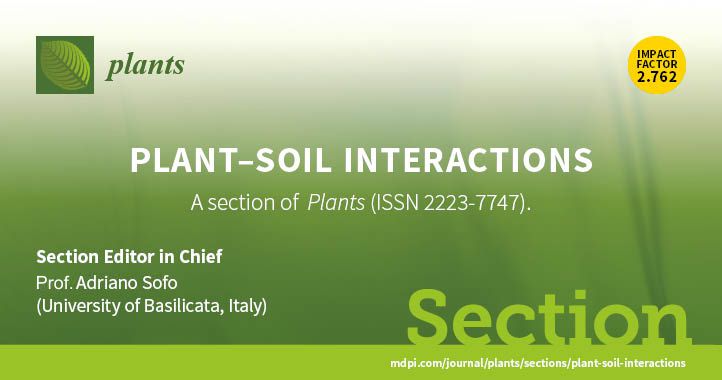Possono le piante pensare e ricordare?
Riporto qui in basso un articolo originale pubblicato su Scientific American, a mio parere molto bello. Potete tradurlo in italiano, probabilmente con qualche imperfezione dovuta a Google translator, utilizzando il menu a tendina sotto il titolo di questo post.
Buona lettura!
Plants cannot “think and remember” but there’s nothing stupid about them: They’re shockingly sophisticated
By Ferris Jabr | July 16, 2010
New research shows that plants “can think and remember,” according to a news story published this week.
Plants can transmit information “from leaf to leaf in a very similar way to our own nervous systems,” BBC News wrote. The article continues to assert that plants remember information and use “information encrypted in the light to immunize themselves against seasonal pathogens.”
Plants cannot think or remember. These borrowed terms do not accurately describe how plants function. However, like most organisms, plants can sense the world around them, process information from their environment, and respond to this information by altering their growth and development. In fact, plants respond to changes in their environment in ways that many would find surprisingly sophisticated, although botanists have known of these abilities for centuries.
“A big mistake people make is speaking as if plants ‘know’ what they’re doing,” says Elizabeth Van Volkenburgh, a botanist at the University of Washington. “Biology teachers, researchers, students and lay people all make the same mistake. I’d much rather say a plant senses and responds, rather than the plant ‘knows.’ Using words like ‘intelligence’ or ‘think’ for plants is just wrong. Sometimes it’s fun to do, it’s a little provocative. But it’s just wrong. It’s easy to make the mistake of taking a word from another field and applying it to a plant.”
The BBC News story is based on a study set for publication in The Plant Cell. Co-author Stanislaw Karpinski of the Warsaw University of Life Sciences in Poland recently presented his research at the annual meeting of the Society for Experimental Biology in Prague, Czech Republic.
The story maintains that, according to the study, stimulating one leaf cell with light creates a cascade of electrochemical events across the entire plant, communicated via specialized cells called bundle-sheath cells just as electrical impulses are propagated along the nerve cells in the nervous system of an animal. The researchers found that these reactions continued several hours later, even in the dark, which they interpreted to indicate a kind of memory.
This is like saying that because the surface of a pond continues to ripple once struck by a pebble, the water is “remembering” something. The analogy doesn’t quite hold. But plants do produce electrical signals and the function of these signals in response to light is the real focus of the new study—the most recent contribution to a growing body of work about electrical signaling in plants.
Although plants don’t have nerves, plants cells are capable of generating electrical impulses called action potentials, just as nerve cells in animals do. In fact, all biological cells are electrical.
Cells use membranes to keep their interiors separate from their exteriors. Some very tiny molecules can infiltrate the membranes, but most molecules must pass through pores or channels found within the membrane. One group of migratory molecules is the ion family: charged particles like sodium, potassium, chloride and calcium.
Whenever different concentrations of ions accumulate on opposite sides of a cell membrane, there exists the potential for an electrical current. Cells manage this electric potential using protein channels and pumps embedded in the cell membrane—gatekeepers that regulate the flow of charged particles across the cell membrane. The controlled flow of ions in and out of a cell constitutes electrical signaling in both plants and animals.
“In any cell you have a membrane,” explains Alexander Volkov, a plant physiologist at Oakwood University in Alabama. “You have ions on both sides in different concentrations, which creates an electrical potential. It doesn’t matter if it’s an animal or plant cell—it’s general chemistry.”
Because certain types of plant cells have some features in common with nerve cells—they are arranged in tubular bundles, they harbor ion channels in their membranes—some botanists have suggested that plants propagate action potentials along connected networks of these cells, akin to signaling in an animal’s nervous system. But most botanists agree that plants don’t have networks of cells that have evolved specifically for rapid electrical signaling across long distances, as most animals do. Plants simply don’t have true nervous systems.
So if plants aren’t using electrical signals in nervous systems like animals, what do they do with the electrical impulses they produce? In most cases, plant biologists don’t know. “We’ve known about electrical signaling in plants for as long as we’ve known about it in animals,” says Van Volkenburgh. “But in most plants, what those signals are for is an open question.” The notable exceptions to this mystery are plants that rely on electric signals for rapid movement, like the carnivorous Venus flytrap or Mimosa pudica—a plant whose leaves fold up when brushed to discourage herbivores (see movie below).
Karpinski’s new study attempts to link light-activated electrical activity to immune defenses in plants. In the new study, researchers infected the leaves of Arabidopsis thaliana (thale cress) with a bacterial pathogen either one hour before exposing the plant to a strong dose of blue, red or white light or one, eight or 24 hours after exposing the plant to light. Plants treated with light before infection developed resistance, but plants infected without any preceding illumination showed no resistance.
When exposed to strong light, Karpinski explains, plants absorb more energy than they can use for photosynthesis—but he doesn’t think plants waste this excess energy. Karpinski says plants convert the energy to heat and electrochemical activity that can later trigger biological processes, like immune defenses. “It seems that plants can raise resistance against pathogens only using their light absorption system,” Karpinski says. “We found that electrochemical signaling is regulating this process. Electrical signaling in plants is known from the time of Darwin—it is nothing new. But what was not described is that light can induce action potentials. We have found there is a different signaling for blue, white and red light. If plants can signal differently different wavelengths of light, then plants can see colors as well.”
Karpinski thinks plants generate different electrical impulses when different wavelengths of light hit their leaves and that plants use these impulses to somehow regulate their immune defenses. He even speculates that plants can use this ability to battle seasonal pathogens. But exactly how this mechanism would work is unclear.
The role of electrical signaling in most plants remains largely mysterious and unexplained—and certainly does not warrant claims that plants can “think and remember.” But there are plenty of well-documented examples of the sophisticated ways in which plants change their own growth in response to changes in their environment.
Just think about the fact that roots always grow in the direction of gravity and shoots always grow toward the light—even if you turn a plant on its side. Biologists have worked out that these processes, called gravitropism and phototropism respectively, rely on hormones that change the rate of cellular growth in plant tissues: If one side of a root or shoot is growing faster than another, it’s going to bend. Climbing plants, like vines and creepers, use similar mechanisms to respond to touch, clinging and curling around the first pole, wall, or branch they contact.
Plants also process information from their environment and change their growth based on that information. “Some plants flower as the days are getting shorter and others as the days are getting longer. They ‘know’ that the days are getting longer or shorter by having tabulated reactions to each day and night length,” says Van Volkenburgh. “The way this works is based on the circadian rhythm of plants. People don’t realize plants have a circadian rhythm just like animals do. Plants have all kinds of movement based on their circadian rhythms.”
Young sunflowers and other young plants’ flowering tops and leaves can trace the sun’s arc from East to West—a phenomenon called heliotropism that ensures maximum light exposure during a crucial period of growth. Then there are more startling examples of plants changing in response to their environment. Consider the Telegraph plant: a peculiar Asian shrub with tiny satellite leaves that constantly swivel to monitor the light in its environment. The satellite leaves pivot so dependably and swiftly that you can actually observe them moving in real time (see movie below). Their perpetual dance tracks the movement of light over the course of the day, adjusting the position of the primary leaves to absorb as much light as possible.

